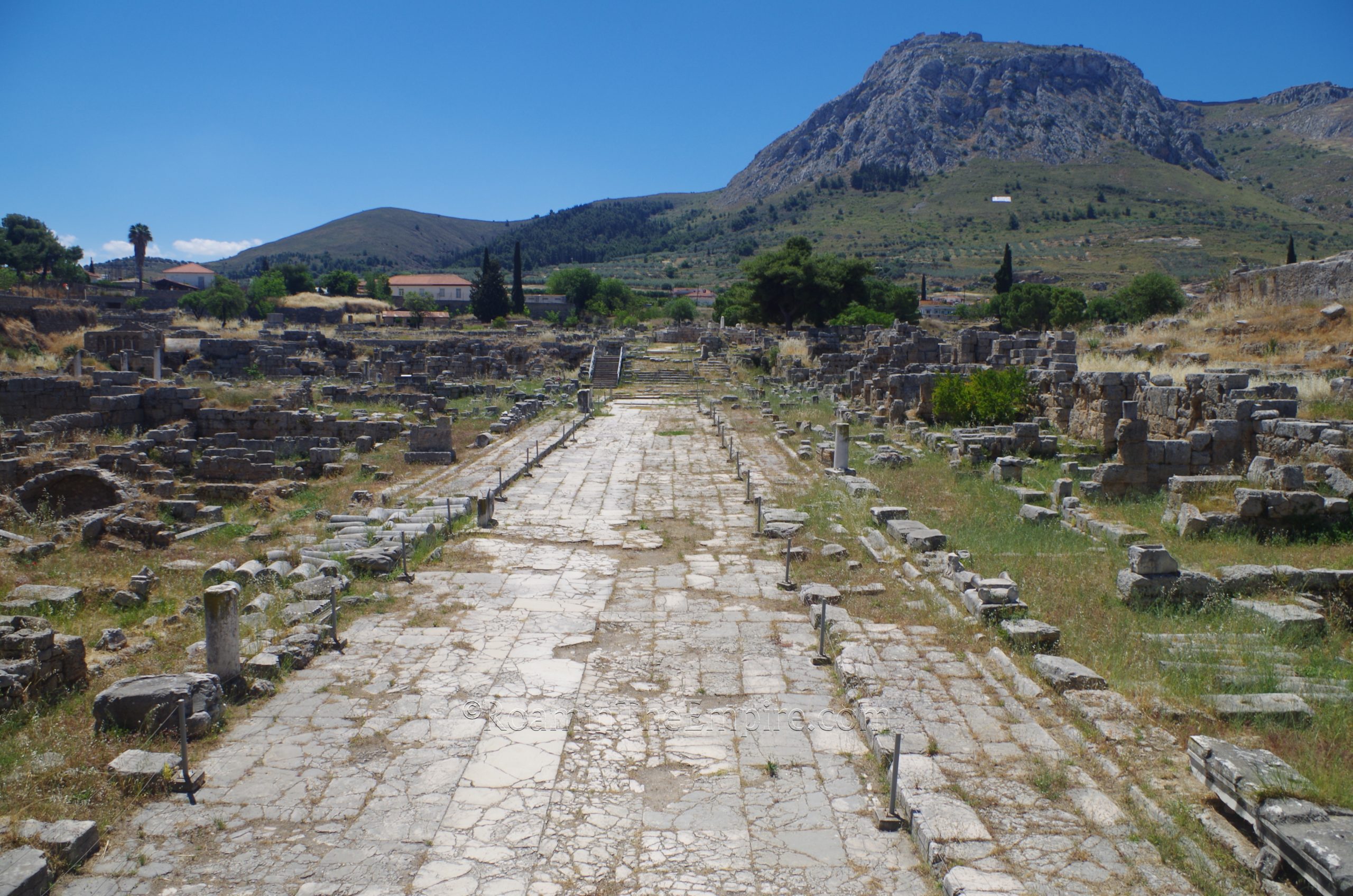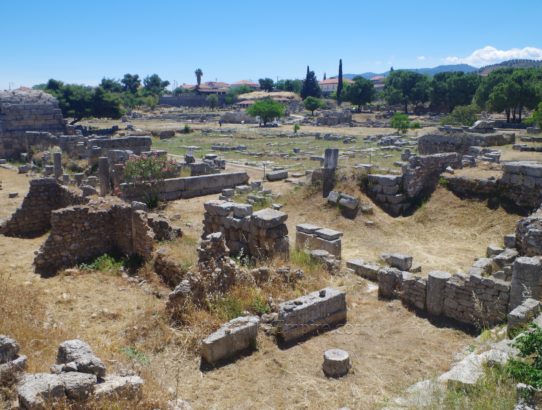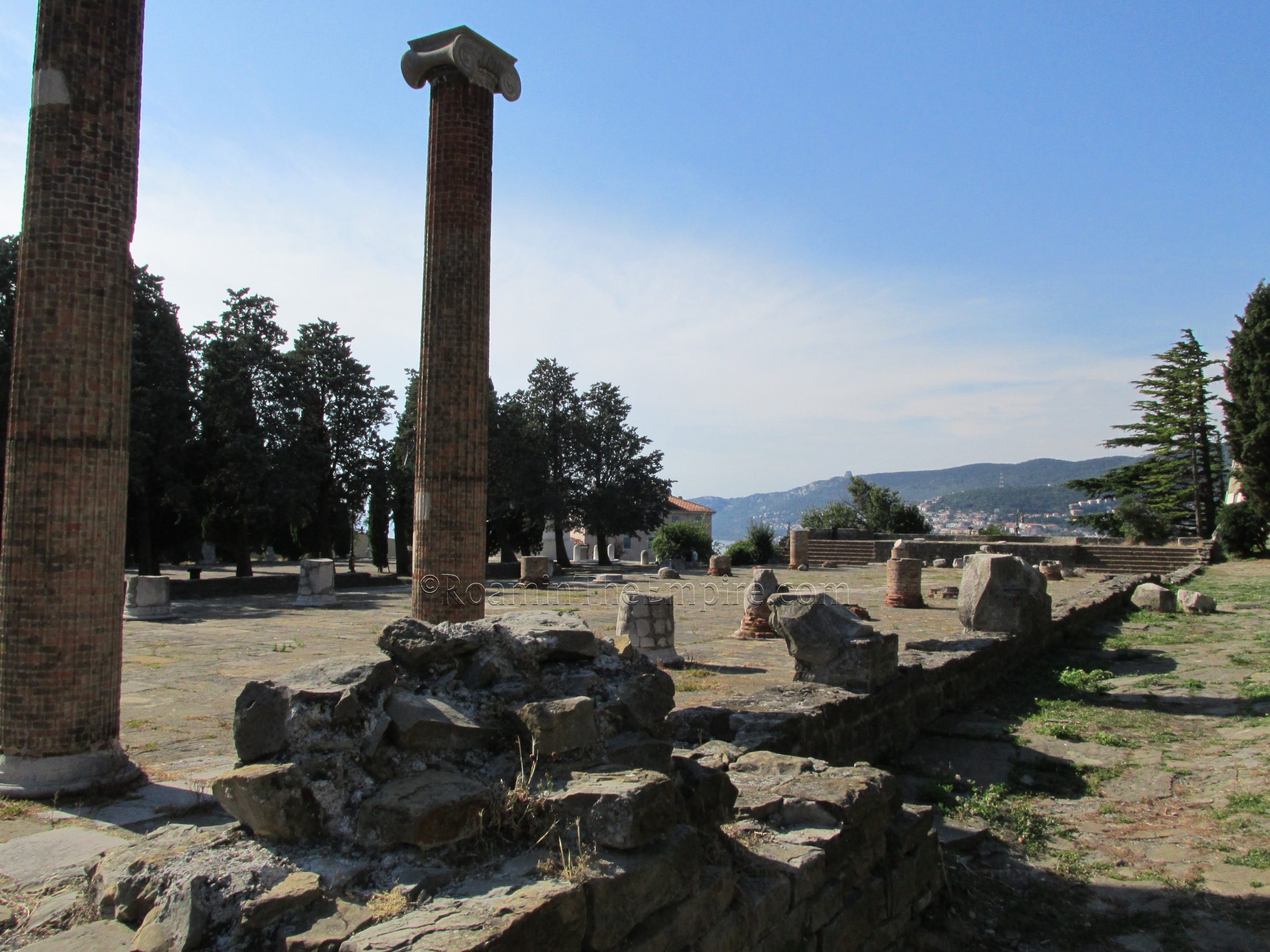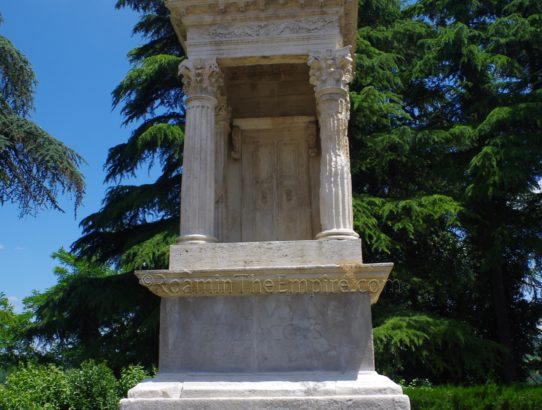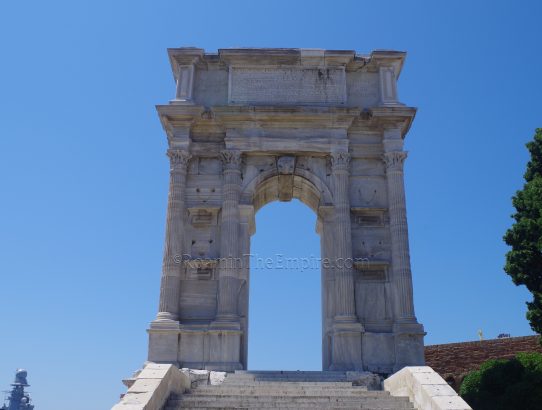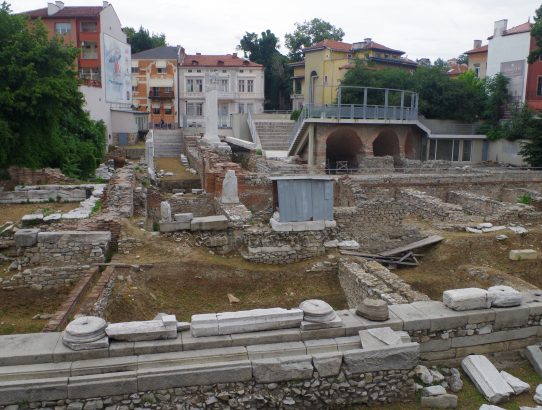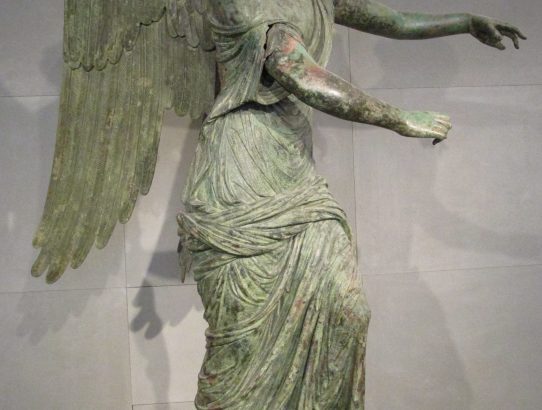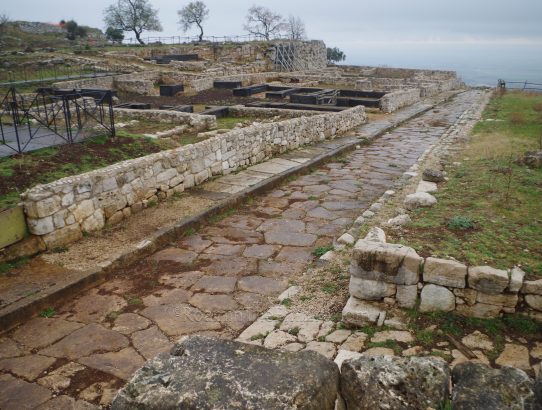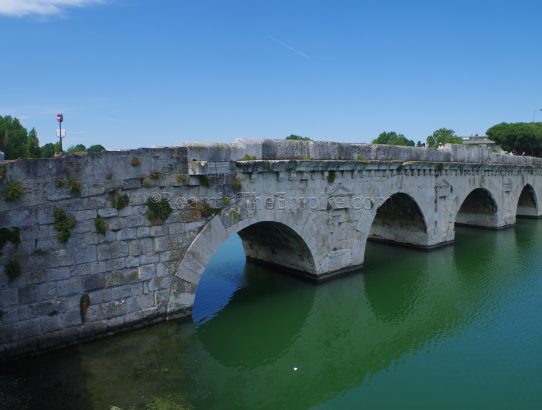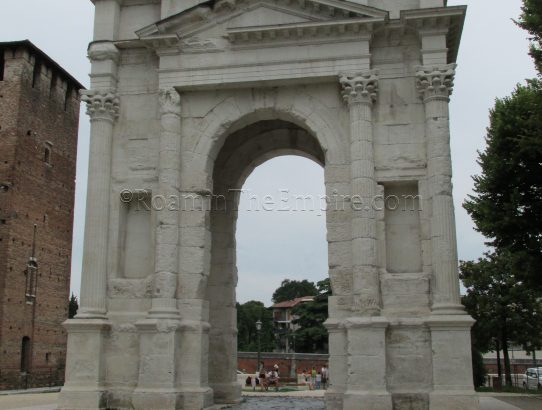Corinth, Achaea – Part III
Continued From Corinth Part II The northeast corner of Corinth’s forum is a bit messier and less orthogonal than the rest of the fairly rectilinear forum. Though during the Roman period it was covered over and the area was largely an open space, presently the remains of some elements of the Sacred Spring are now…
Read More


